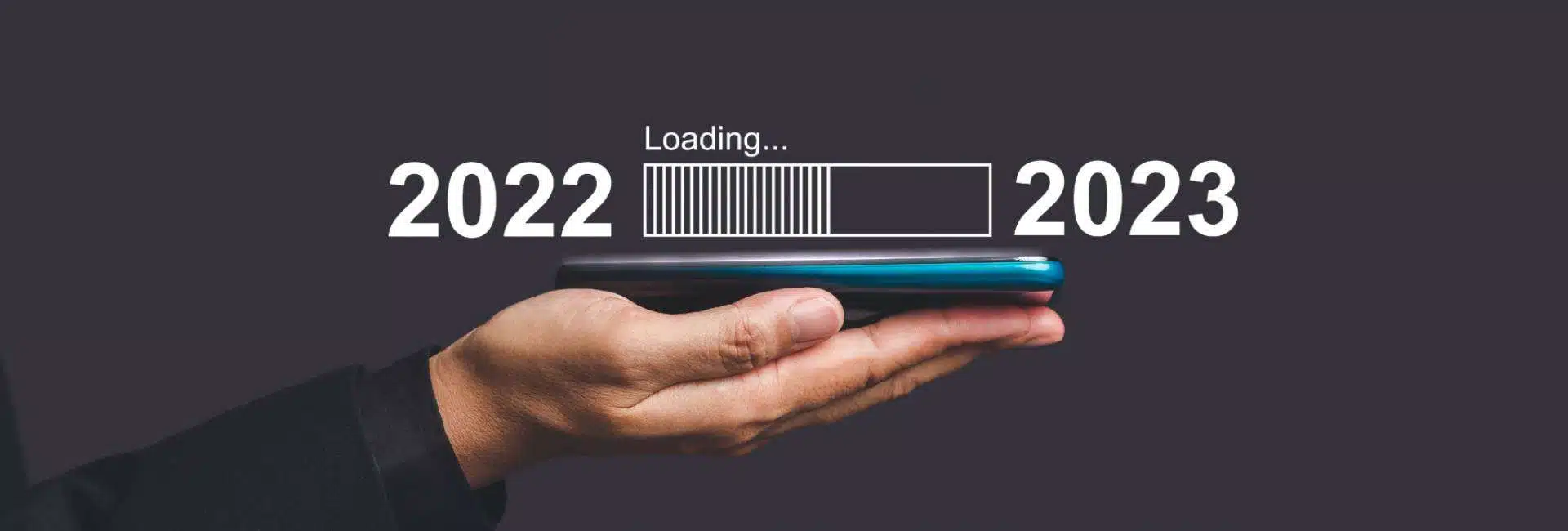The Power of Marketing – Establishment Education
Does your educational establishment have a responsive website? Great! Do you have a landing page for access to more specific materials? Fantastic! Do you have profiles on social networks like Facebook, Instagram, and LinkedIn? Perfect! Do you have a blog where you regularly publish quality content? Super! Do you have podcasts and videos? Wonderful! Do you have a newsletter? Wow! Do you do regular email marketing? Top! The problem is when you don’t have right strategies to attract and retain more students…
In an increasingly competitive market, the power of marketing in education cannot be underestimated. Public and private schools must invest in techniques to attract and retain students, maintain good communication with the family, gratify the teachers, broadcast their values, promote their courses, highlight their infrastructure, and in between, increase their reputation!
Quality of work versus perceived quality of work
Before I talk about the marketing practices in a school – which promote the educational establishment in an appropriate and even financially profitable way – I would like to start by asking you a question: do you know the difference between “quality of work” and “perceived quality of work”? Very well! The difference goes beyond the fact that the second expression has one more word. In fact, the quality of the work is directly related to the person or team doing it, and the perception of the quality of the work is mostly related to the effectiveness of communication or publicity about it. And nowadays, the effectiveness of communication or publicity is, in turn, related to marketing.
A few years ago, when one thought about winning new students or attracting new teachers (or building loyalty to both!), one thought about advertising. Sheet 5 applied offline, preferably on billboards, flyers and newspaper, radio and television ads. Now schools have to try harder. Why? Because no matter how much quality education they have, without a good marketing strategy they cannot get the message across to their target audiences. Therefore, good marketing in education gives consumers a positive perception of the institution, and this conveys trust and credibility!
But what is marketing in education?
Now that I’ve gotten Al Ries’ message across, when he says that the “marketing is not a battle of products, it’s a battle of perceptions,” it’s important to re-define marketing in education. What is marketing in education? Basically, it’s a set of online and offline strategies that aim to reach potential students and build loyalty among students who have already been won. Just as it happens in companies and non-profit institutions, also in schools, day-care centre, colleges, and public or private universities, it is necessary to implement marketing strategies to improve results, and I will explain why I believe in the benefits of using marketing tools in education.
First of all, marketing is related to all areas! It has long ceased to be necessary to have a product or service to sell, to feel the need to invest in marketing.
Second, the reality of educational marketing is all about increasing sales, but by “sales” we mean creating and maintaining a relationship with customers, that is, with students, parents, and teachers. A nurturing relationship of leads that is not restricted to the “buying process” or enrolment in a school, agreed!?
Third, marketing in education is more than advertising and promotion. It is a way to investigate the real needs of students in order to create and develop the most innovative and best-fit education services, and thus add value to the educational process as a whole. Because the truth is, “the main purpose of education is to create people capable of doing new things and not simply repeating what other generations have done” (Jean Piaget).
What is the power of marketing in education?
Through effective strategies, marketing in education bridges the gap between the educational institution and the community where it is located. A very busy bridge, built every day under strong foundations. In the right place. At the right time. For the right people! That is the power of marketing in education, which I will now explain…
Relevant content to increase the number of active learners
Marketing in education allows you to create messages that are objective, clear, and relevant to your audience. And that’s because you direct your content marketing efforts to your “persona,” that is, to the set of people who have the ideal student profile, educating them to want to be part of your institution, and with the goal of bringing them into the ranks of active students.
Informative messages to improve notoriety and credibility
Creating informative texts about topics that interest the educational institution’s target audience increases its notoriety, reputation, and credibility in the face of competition.
Different types of content in various channels, adjusted to the sales funnel
The power of marketing in education is also felt through different types of content, and here “we should look at the Internet as a communication platform” (according to Guilherme Machado). A global platform that can host news, blog articles, videos, lives, podcasts, infographics, white papers, success stories, eBooks, newsletters, email marketing, and quizzes, among other content that is directly or indirectly related to the educational establishment.
But that’s not all! These contents must be adjusted to the different channels (such as website, blog, email marketing, newsletter, social networks, and apps) and to the different stages within the school’s sales funnel where each potential student is: from the discovery phase to the enrolment phase! All because educational marketing actions must pass through a relevant information to the various stages of reducing the education service.
Omnichannel strategy between traditional and digital media
Marketing also helps the educational institution to follow an omnichannel strategy that interconnects different channels of student acquisition and relationships with different audiences. Of course, it is out of the question to abandon offline student acquisition strategies, but a closer relationship between traditional and digital media must now prevail.
Publishing content systematically and consistently
It is essential that people feel that they have value for the educational institution, and for this there is nothing like using marketing strategies to develop and regulate messages during the season leading up to enrolment, throughout the school year… and during school vacations too! In essence, it is necessary to maintain a certain consistency in marketing actions, by regularly producing content that responds to the “pains” of customers (students, parents, and teachers) and that builds and maintains relationships with the community.
Meeting demand and exceeding expectations
By conducting systematic research to understand the real needs and wants of the school community, educational marketing meets the demand and even exceeds the expectations of its audiences! From the internal public (which includes students, teachers, and other operational staff) to the external public (consisting of potential students, families, and the surrounding community). Understanding these needs, improves working conditions and increases everyone’s motivation, satisfaction and performance!
Inspector to always do more and better
To evaluate the performance of each action, school marketing puts at your disposal a series of digital metrics to monitor the results and, of course, to eliminate or amend the actions that are not achieving the goals. This continuous analysis (which does not resonate with conventional marketing) is particularly important for successfully managing a budget, according to a strategy that distributes the budget among the planned actions. And that, after the analysis, cuts the amounts in the actions that are not giving results and maintains or increases the amounts in the successful actions, which guarantee a good return on investment.
These are the main driving forces that give so much power to school marketing and that prove that without marketing, educational institutions are lost in a grey area, even if they have a good offer. And stuck in a black zone if the supply is poor or insufficient. Alison Zigulich uses to say that “good marketing hastens the death of a bad product or service”. On the other hand, and paraphrasing Guilherme Machado, “there is no better advertising than a job well done”. And finally – I say! – although there is not a perfect combination of actions that can be replicated in all educational institutions, not using tools that can help management and improve results is a medium/long term loss.
This way, Portuguese schools, both public and private, which still have a myopic conscience about the role of marketing and some difficulty in implementing good practices, may fall a few steps behind the competition. Behind the schools that already do research to support decisions about the educational offer and that already use marketing as a management and administrative tool. In the path of the essential, but also of the differential to improve awareness, attract and retain more students, foster competitiveness and – why not say it? – increase profitability.
Published in Aspectus, Revista de Arte e Ciência
https://aspectus-online.com/lh.html
More
Clients?
Hi, my name is Luís Horta, and I'm determined to grow your business. My question is: Are You Ready?

About Luís Horta
Read More
more articles of interest to you






